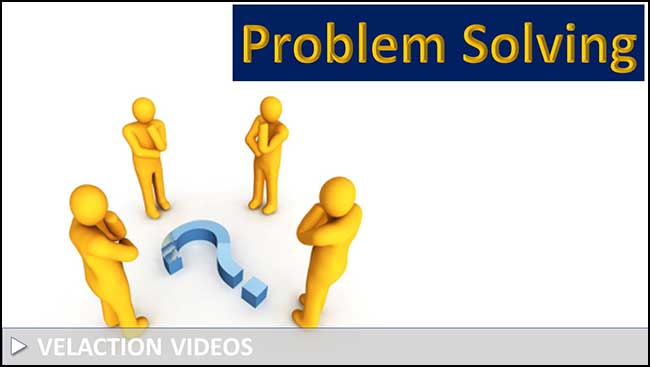SWAG
SWAG is an acronym, likely originating in the US Army, for “scientific wild-ass guess”. It is used to describe a hypothesis or decision that is based on a small amount of factual evidence, but nowhere near enough to have certainty.

Any organization with a fast pace of change, at some point, relies on SWAGs in their decision making process.
In a perfect world, problem solvers have sufficient time to spend in the planning stage, which includes data collection and analysis. Unfortunately, the world does not stand still, and hard deadlines pop up. These often come in the form of opportunities in which the company can capitalize on a situation if they act fast.
SWAGs are best made by consensus. Multiple minds working on a problem tend to offset the lack of information.
The defining line between a SWAG and a reasonable decision can be blurry, as they are two points on the same line. All decisions are made with imperfect information. We never know everything we would like to know. Most effective decision makers use some gut feel in their choices but base it on evidence.
The following breakdown was developed in a completely SWAG-like manner:
- 0-25% Information: Insufficient evidence
- 25-50% Information: SWAG
- 50-70% Information: Typical decision making
- 70-85% Information: Substantial certainty
- 85%+ Information: Rare amount of information

Any organization with a fast pace of change, at some point, relies on SWAGs in their decision making process.
In a perfect world, problem solvers have sufficient time to spend in the planning stage, which includes data collection and analysis. Unfortunately, the world does not stand still, and hard deadlines pop up. These often come in the form of opportunities in which the company can capitalize on a situation if they act fast.
SWAGs are best made by consensus. Multiple minds working on a problem tend to offset the lack of information.
The defining line between a SWAG and a reasonable decision can be blurry, as they are two points on the same line. All decisions are made with imperfect information. We never know everything we would like to know. Most effective decision makers use some gut feel in their choices, but base it on evidence.
The following breakdown was developed in a completely SWAG-like manner:
- 0-25% Information: Insufficient evidence
- 25-50% Information: SWAG
- 50-70% Information: Typical decision making
- 70-85% Information: Substantial certainty
- 85%+ Information: Rare amount of information

- Don’t let SWAGs become a crutch for poor planning. Using SWAGs in the annual budgeting process, for example, is inexcusable. Leaders generally have about 300-330 day’s notice from the time one budget is done until the next one is started.
- Don’t use SWAGs when the stakes are high. The bigger the risk, the more thorough the planning should be.

0 Comments